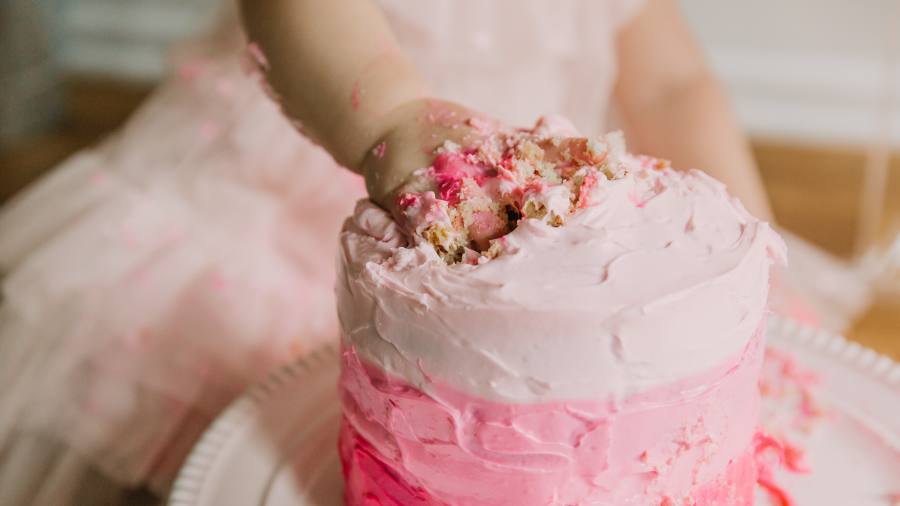
According to Instagram, the only way to celebrate a child’s first birthday is with a “smash cake”. Simply place one of these meticulously decorated sugar mountains in front of the baby, roll the cameras and let the photogenic mess commence.
This isn’t how I’ll be marking my daughter’s first 12 months, though. Not because there won’t be cake; of course there’ll be cake. But because my wife and I have already gone a full year without posting any pictures of her on social media, and we hope to continue this for as long as possible.
It’s partly about her safety but mainly about consent. I’m more worried about tech companies stalking my daughter than I am people. After deleting all my old tweets a year ago, I don’t want to create a new data trail for her without her knowledge, let alone approval. (There are laws in most developed countries against gathering data on kids, but the internet is global and enforcement is uneven.)
I realise that I am in a minority here. Surveys suggest around three-quarters of British and American parents regularly post photos of their kids online. Pixsy, a service that helps photographers find out when their images are used without their permission, found that parents aged 18-24 were twice as likely as older generations to share baby photos on social media.
But I am not alone. One of the women behind Big Little Feelings, an Instagram account offering toddler-management advice with 2.8mn followers, recently deleted all the photos she had posted of her daughters. “My children didn’t ask to be where we are today,” Kristin Gallant said in a post announcing her decision.
The debate over “sharenthood” — as law professor Leah Plunkett dubbed the trend of parents sharing their kids’ data online — has raged for some time. Everyday decisions made by parents and guardians “play an under-appreciated yet outsized role in determining youths’ digital dossier, as well as their life prospects”, argued Plunkett in a 2019 book.
Since then, tech advances have introduced new complications for parents and guardians. Facial recognition technology is getting better all the time. Using artificial intelligence, Google Photos is able to recognise some of my family members as toddlers and as twentysomethings. If that is already widely available today, what might be possible by the time my daughter is a teenager?
The latest trend in AI is image-generation tools such as Dall-E 2, Midjourney and Stable Diffusion. Type a “prompt” into a text box, and the AI produces an image of what’s described. The data for these generative-AI systems are often scraped from the open internet.
Sure, the odds are remote that Instagram posts of my daughter would go through this AI production line until her likeness emerges in someone’s generative art. But once images are out there on the web, it can be hard to remove them completely.
I do send photos digitally to friends and family via secure, private messaging apps such as WhatsApp and iMessage, or on Apple’s iCloud Photos, where data is also encrypted. But these closed networks are very different to posting on the open internet.
Unfortunately, politicians in some countries, including the UK with its Online Safety Bill, want to undermine encryption. They say private messaging apps can be used by child abusers to escape justice. This is hard to argue against but removing one of the last safe spaces we have to share images of our children could create a whole new set of problems, years from now, that we cannot even imagine today.
Tim Bradshaw is the FT’s global technology correspondent. Follow him on Twitter @tim
Follow @FTMag on Twitter to find out about our latest stories first